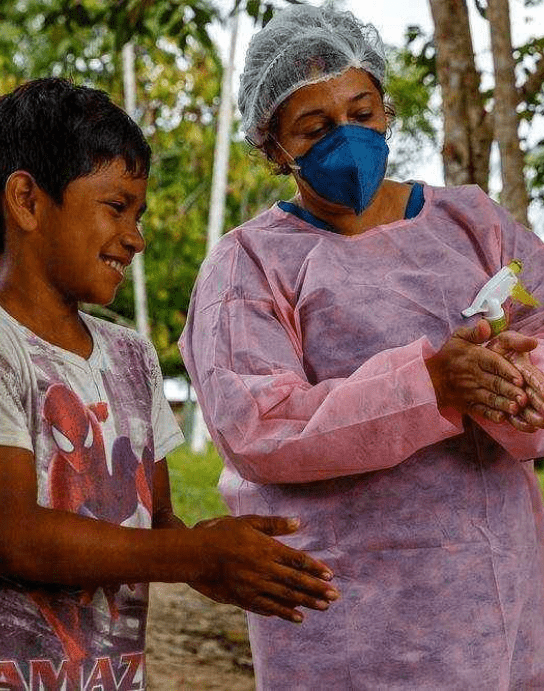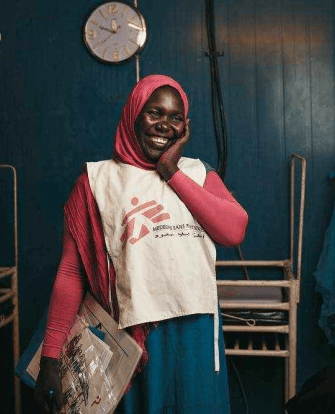Putting sleeping sickness/human African trypanosomiasis in context
Human African trypanosomiasis, or sleeping sickness, is a parasitic infection found in sub-Saharan Africa, transmitted by the tsetse fly.
Generally known as sleeping sickness, human African trypanosomiasis is a parasitic infection transmitted by tsetse flies. Tsetse flies are found in 36 countries in sub-Saharan Africa, putting 65 million people at risk. The infection attacks the central nervous system, causing severe neurological disorders. Without treatment the disease is fatal.
According to the World Health Organization (WHO), more than 98 percent of reported cases are caused by the parasite Trypanosoma brucei gambiense, which is found in western and central Africa. The other 2 percent of cases are caused by Trypanosoma brucei rhodesiense, which is found in eastern and southern Africa. Over 70% of the reported cases in the last ten years were in the Democratic Republic of Congo.
In 2018, 977 cases of sleeping sickness were recorded.






